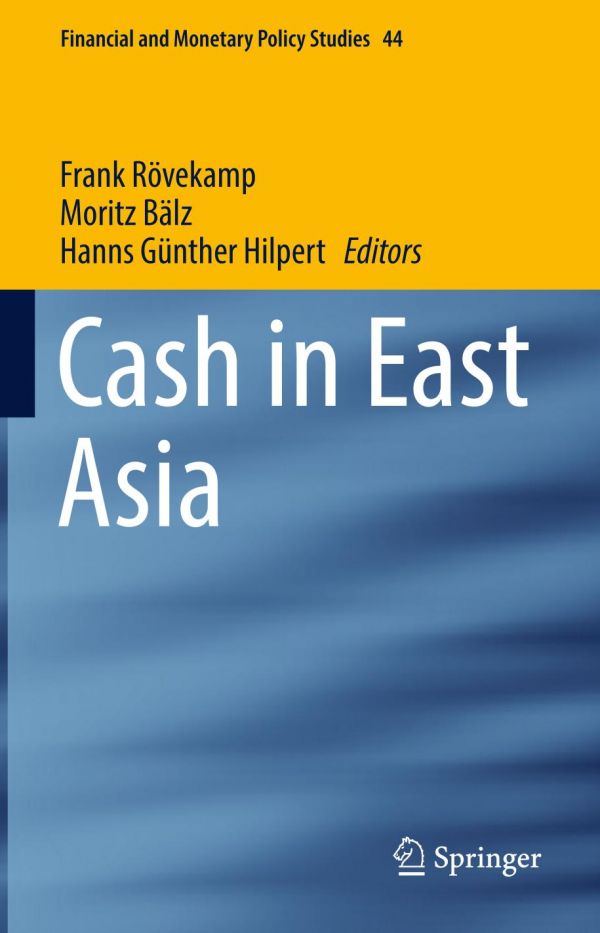Product desciption
Cash In East Asia Bälz Moritz Hilpert Hannsgünther Rövekamp by Bälz, Moritz; Hilpert, Hanns-günther; Rövekamp, Frank 9783319598451, 9783319598468, 3319598457, 3319598465 instant download after payment.
This book presents contributions by leading academics and practitioners from central banks to shed light on the function and impact of cash in Asian countries. It explores the impact of cash on society, the role of cash in monetary policy, and the future of cash in various monetary systems, contrasting case studies from China, Japan, Korea, and Singapore with experiences from Europe. Recently the role of cash in the economy has become a much-discussed topic in Europe, but the issue is also of considerable relevance in Asia. Singapore and South Korea, for example, are relatively advanced in the use of cashless payments for daily exchanges, while countries like Japan still largely rely on cash for a wide range of transactions. Some economists argue for the abolition of cash so as to facilitate transactions, reduce the monetary scope of criminal transactions, and expand the available options for monetary policy through negative interest rates. Opposing voices claim that such a step would reduce the freedom of individuals and lead to a greater potential for monetary repression. The abolition of cash could also significantly impact the public’s monetary psychology, thereby influencing their inflation expectations, portfolio structure, saving behavior, and other important monetary parameters.
Abstract: This book presents contributions by leading academics and practitioners from central banks to shed light on the function and impact of cash in Asian countries. It explores the impact of cash on society, the role of cash in monetary policy, and the future of cash in various monetary systems, contrasting case studies from China, Japan, Korea, and Singapore with experiences from Europe. Recently the role of cash in the economy has become a much-discussed topic in Europe, but the issue is also of considerable relevance in Asia. Singapore and South Korea, for example, are relatively advanced in the use of cashless payments for daily exchanges, while countries like Japan still largely rely on cash for a wide range of transactions. Some economists argue for the abolition of cash so as to facilitate transactions, reduce the monetary scope of criminal transactions, and expand the available options for monetary policy through negative interest rates. Opposing voices claim that such a step would reduce the freedom of individuals and lead to a greater potential for monetary repression. The abolition of cash could also significantly impact the public’s monetary psychology, thereby influencing their inflation expectations, portfolio structure, saving behavior, and other important monetary parameters


